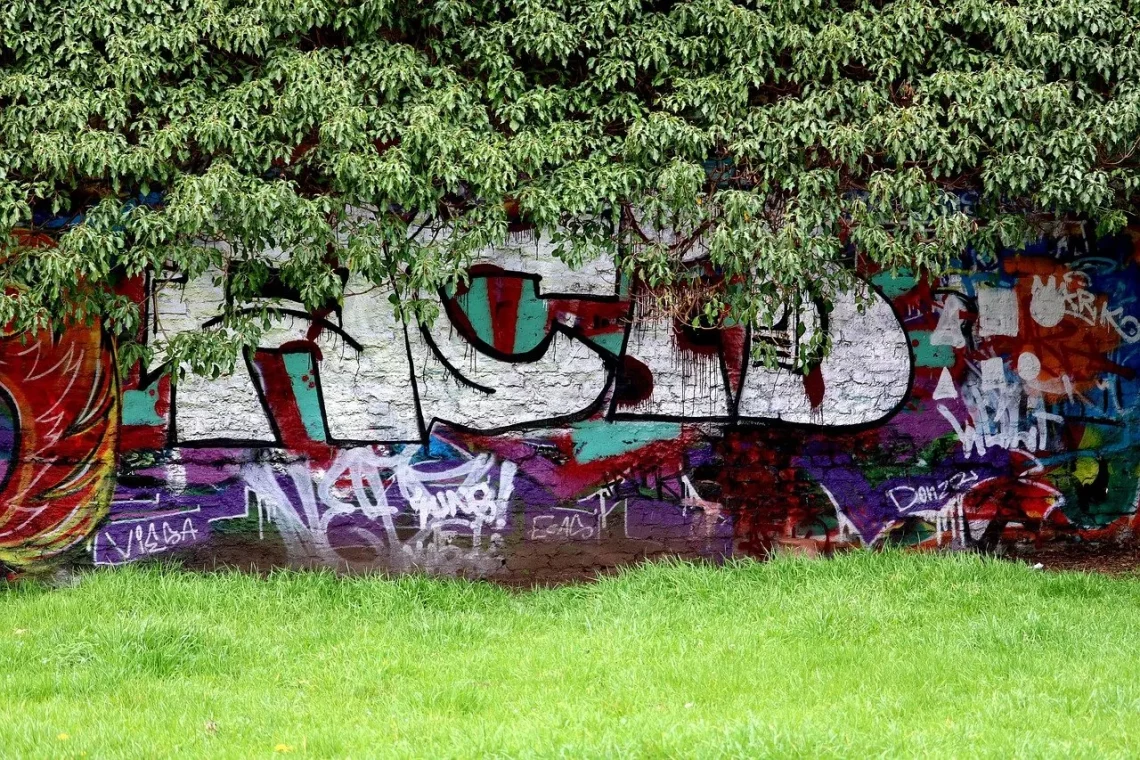
The Rise of Naked Men in Art and Culture Today
The contemporary art scene is characterized by a dynamic interplay of themes, emotions, and representations that reflect societal changes and cultural dialogues. In recent years, one striking trend has emerged: the portrayal of naked men in various forms of artistic expression. This phenomenon is not merely a revival of classical motifs; rather, it signifies a broader cultural conversation about masculinity, vulnerability, and body image in today’s society.
The representation of male nudity in art evokes a myriad of interpretations, challenging traditional notions of masculinity while also inviting viewers to engage with themes of intimacy and authenticity. As artists continue to explore the human form, the naked male figure has become a canvas for deeper discussions surrounding identity, power dynamics, and the human experience. This exploration of nudity transcends mere aesthetics, allowing for a profound examination of vulnerability and strength in contemporary culture.
In this context, the rise of naked men in art and culture is not just a visual trend; it is a reflection of changing attitudes towards gender and body representation. Artists are increasingly subverting historical narratives around masculinity, inviting audiences to reconsider the implications of the male body in both private and public spheres. Through various mediums—including painting, sculpture, photography, and performance art—these representations challenge viewers to confront their own perceptions and biases.
As we delve into this topic, it becomes evident that the presence of naked men in contemporary art is a multifaceted phenomenon that encapsulates the complexities of modern life.
Challenging Traditional Masculinity Through Art
Art has always been a powerful tool for challenging societal norms, and the representation of naked men is no exception. Traditionally, male nudity in art has often been idealized, reinforcing stereotypes of strength, heroism, and invulnerability. However, contemporary artists are increasingly using this imagery to question and deconstruct these very ideals.
In many cases, naked male figures are portrayed in vulnerable or introspective positions, inviting viewers to reconsider what masculinity truly represents. This shift reflects a growing awareness of the emotional and psychological struggles faced by men in a society that often pressures them to conform to rigid standards of masculinity.
Artists like Kehinde Wiley and Thomas Eakins have employed the naked male form to highlight issues of race, identity, and sexuality. By placing their subjects in various states of undress, these artists create a space for dialogue about the complexities of male identity in a diverse world. The naked male body becomes a site of exploration, where themes of power, vulnerability, and authenticity can coexist.
Moreover, this trend is not limited to visual art. In literature and performance, the theme of nakedness among men has emerged as a powerful metaphor for emotional exposure and the breaking down of societal barriers. Writers and performers are increasingly addressing issues of mental health, body image, and the pressure to conform to traditional masculine ideals. By doing so, they contribute to a broader cultural conversation about what it means to be a man in today’s world.
As the representation of naked men evolves, it becomes clear that art serves not only as a reflection of society but also as a catalyst for change. Through their work, contemporary artists challenge viewers to embrace a more nuanced understanding of masculinity—one that acknowledges vulnerability as a strength rather than a weakness.
The Role of Body Positivity in Male Representation
The body positivity movement has significantly influenced the portrayal of naked men in contemporary art and culture. Historically, many representations of the male form have adhered to narrow beauty standards, often celebrating only a specific body type that aligns with traditional ideals of masculinity. However, the rise of body positivity has opened the door for a more inclusive representation of male bodies.
Artists are increasingly showcasing a diverse array of body types, challenging the notion that there is a single standard of beauty for men. This shift is essential in promoting self-acceptance and encouraging individuals to embrace their unique physical attributes. By depicting naked men of various shapes, sizes, and backgrounds, artists are not only celebrating diversity but also fostering a sense of belonging among viewers who may have previously felt marginalized.
Furthermore, body positivity in art often intersects with discussions around mental health and self-esteem. Many contemporary artists use their work to address issues such as body dysmorphia, anxiety, and the pressures of societal expectations. These themes resonate deeply with audiences, as they reflect the struggles faced by many individuals in today’s image-driven culture.
The depiction of naked men in art also serves as a powerful reminder that vulnerability is a shared human experience, regardless of gender. By featuring male bodies that defy conventional beauty standards, artists challenge the stigma surrounding body image and encourage open conversations about self-worth. This cultural shift empowers men to embrace their bodies and express their emotions without fear of judgment.
In this way, the rise of naked men in art is not merely an aesthetic choice; it is a statement about acceptance, diversity, and the importance of mental well-being. As artists continue to explore these themes, they contribute to a cultural landscape that values authenticity over conformity, ultimately reshaping our understanding of masculinity.
Exploring Vulnerability and Intimacy in Male Artistry
The representation of naked men in contemporary art often delves into themes of vulnerability and intimacy, inviting viewers to engage with the emotional nuances of the male experience. This exploration goes beyond the physicality of the body; it seeks to capture the inner lives of men in a way that is often overlooked in traditional representations.
Artists are increasingly portraying moments of intimacy, whether between friends, lovers, or even within oneself. These depictions challenge the stereotype that men should always embody strength and stoicism, presenting an alternative narrative that embraces emotional openness and connection. By showcasing naked men in intimate settings, artists create a space for viewers to reflect on their own relationships and emotional experiences.
Moreover, the portrayal of male vulnerability is crucial in breaking down harmful stereotypes that have long defined masculinity. Through their work, artists highlight the complexities of male emotions, demonstrating that expressing feelings such as sadness, fear, or tenderness is not a sign of weakness but rather a fundamental aspect of being human. This shift encourages men to engage with their emotions and fosters a culture of empathy and understanding.
In performance art, the exploration of vulnerability takes on an even more profound dimension. Artists often use their own bodies as instruments of expression, inviting audiences to witness their raw emotions in real-time. This level of intimacy creates a powerful connection between the performer and the audience, challenging viewers to confront their own feelings about masculinity and vulnerability.
Ultimately, the rise of naked men in art serves as a reminder that vulnerability is an integral part of the human experience. By embracing this theme, artists challenge societal expectations and invite audiences to engage in meaningful conversations about intimacy, connection, and the multifaceted nature of masculinity.
Conclusion: The Future of Male Representation in Art
The rise of naked men in art and culture today reflects a transformative shift in societal attitudes towards masculinity, vulnerability, and body representation. As artists continue to challenge traditional norms and embrace diverse narratives, the conversation surrounding male nudity evolves, offering new perspectives on identity and the human experience.
Through the exploration of vulnerability, body positivity, and emotional intimacy, contemporary art serves as a powerful platform for redefining masculinity. By portraying naked men in various forms, artists invite viewers to engage with themes that resonate deeply within our collective consciousness. This cultural dialogue not only enriches the art world but also fosters a more inclusive and compassionate society.
As we look to the future, it is clear that the representation of naked men in art will continue to serve as a vital reflection of our evolving understanding of masculinity. By challenging stereotypes and embracing vulnerability, artists pave the way for a more nuanced and empathetic exploration of the male experience.
In conclusion, the rise of naked men in art is a testament to the transformative power of creativity, reminding us that art can inspire change and foster deeper connections among individuals. As we navigate the complexities of modern life, these representations will undoubtedly continue to provoke thought and inspire dialogue, shaping our cultural landscape for years to come.




